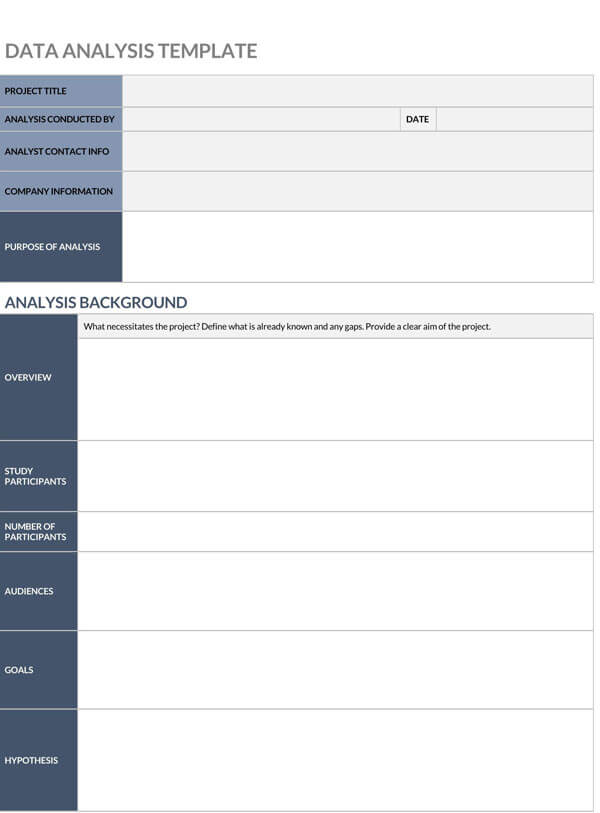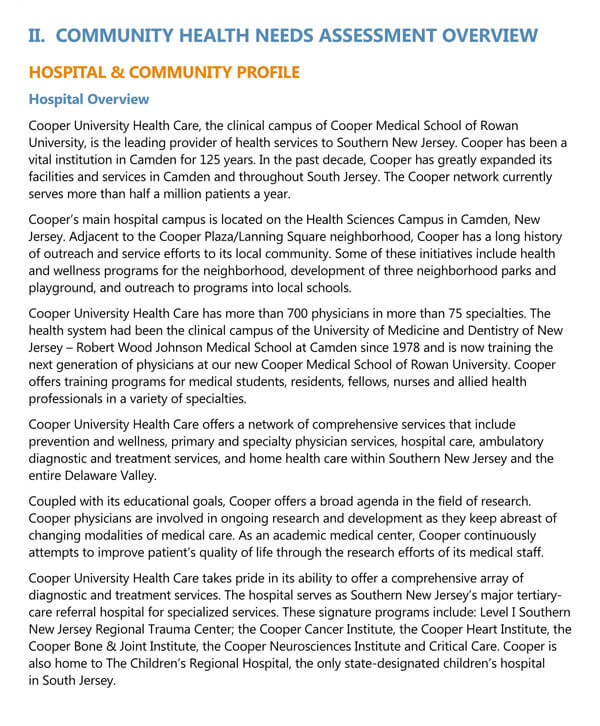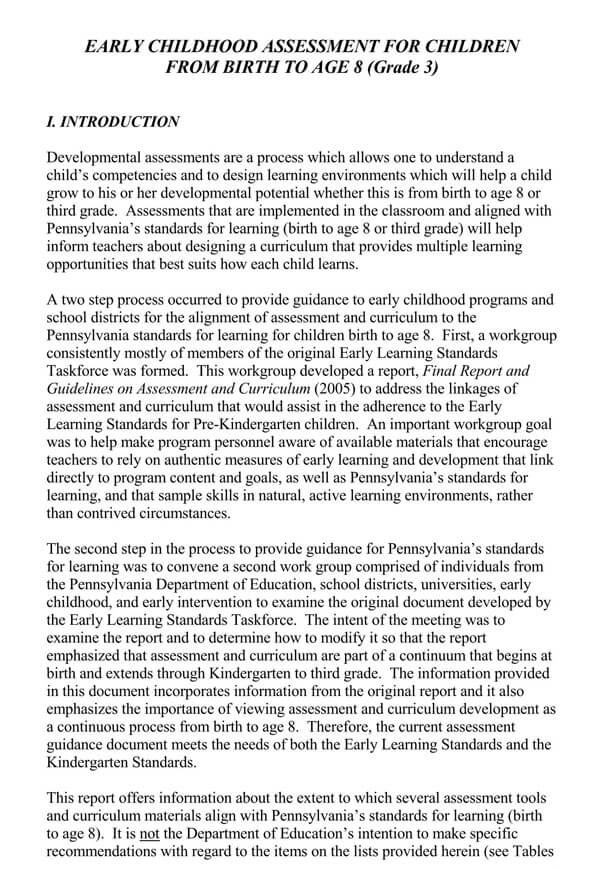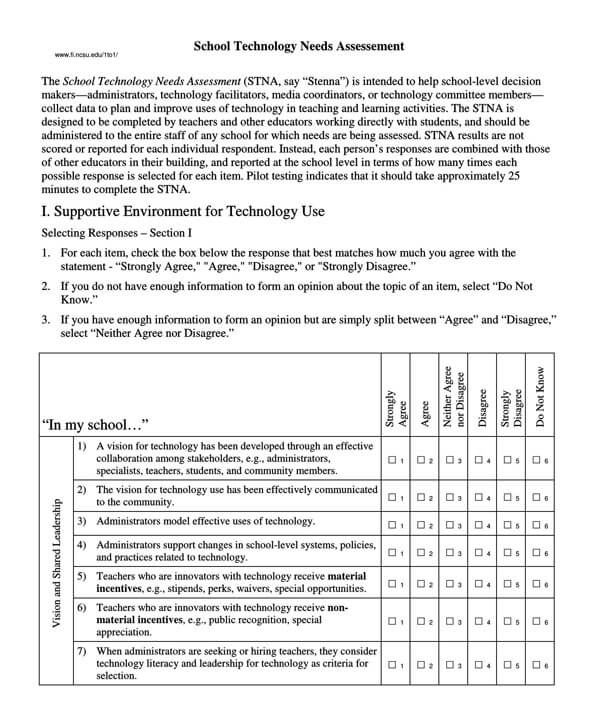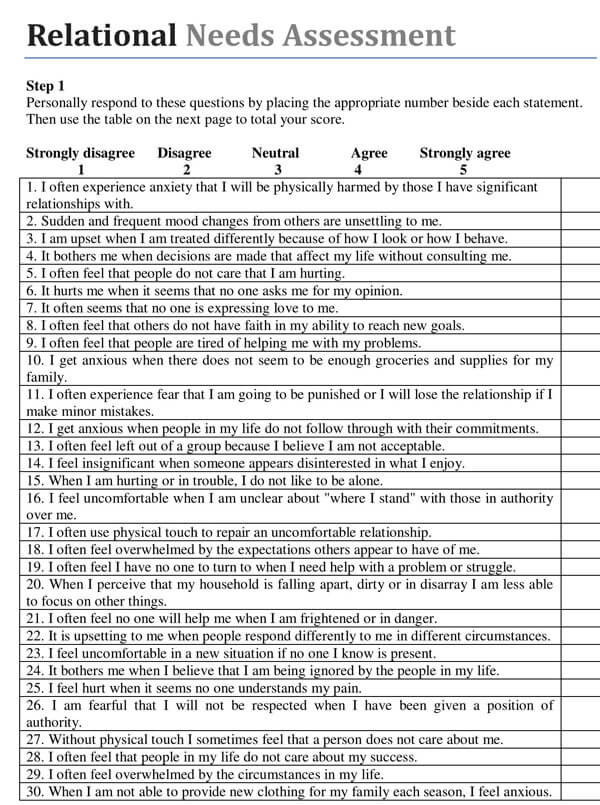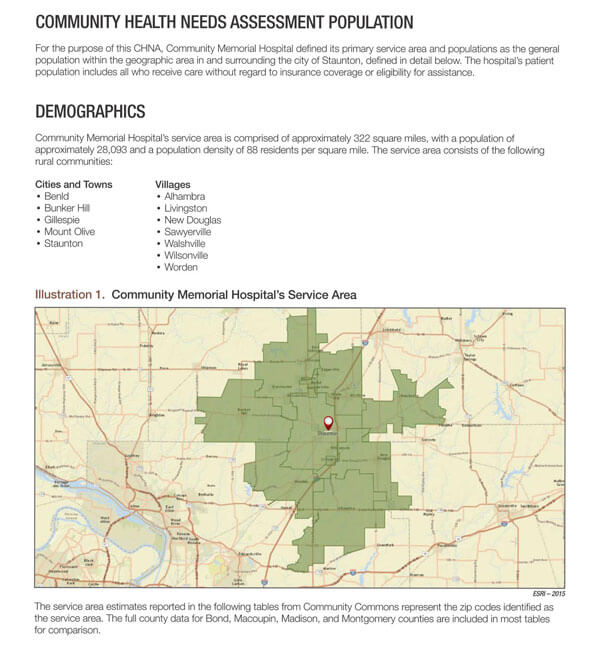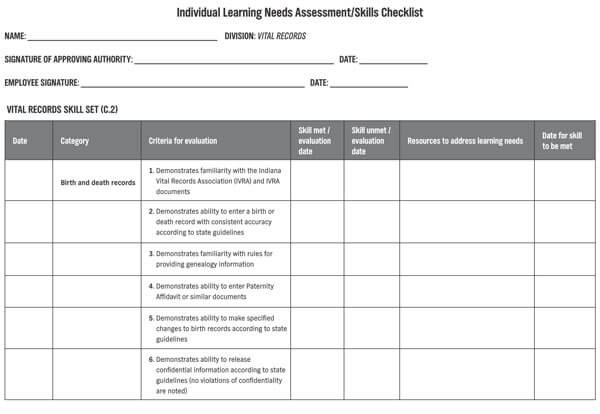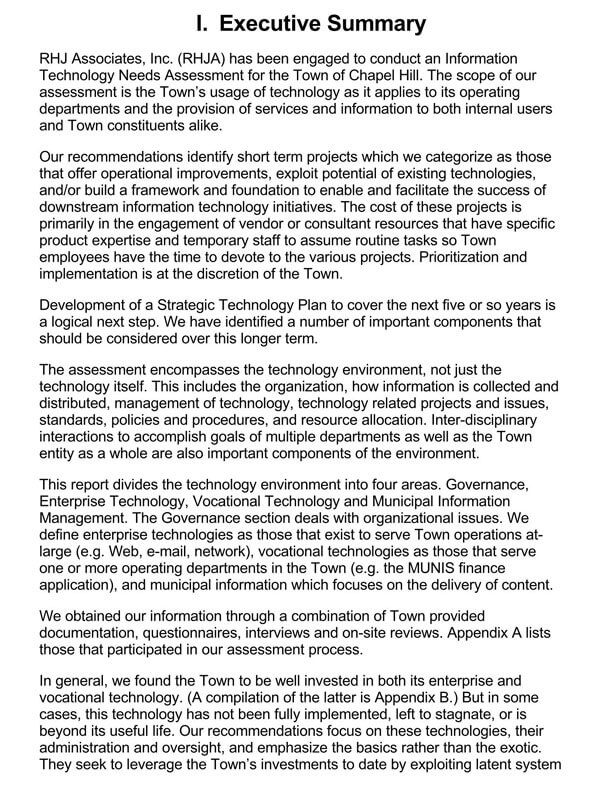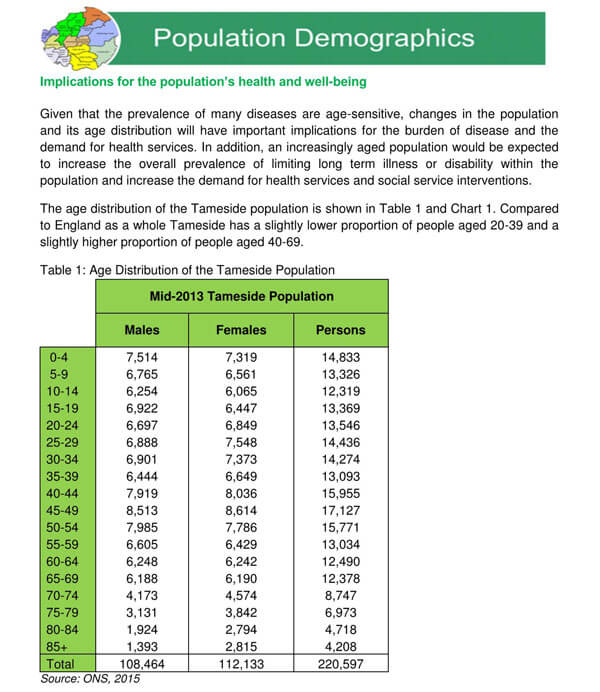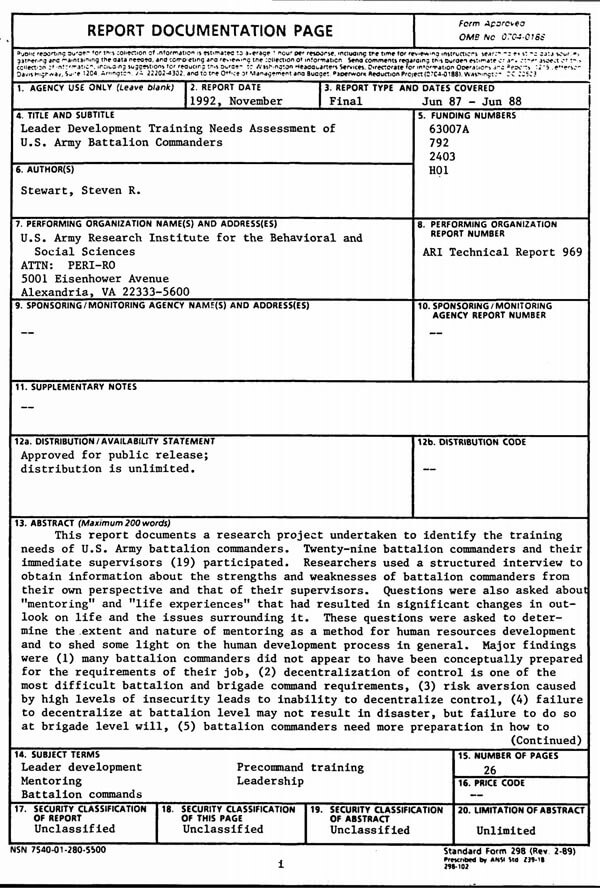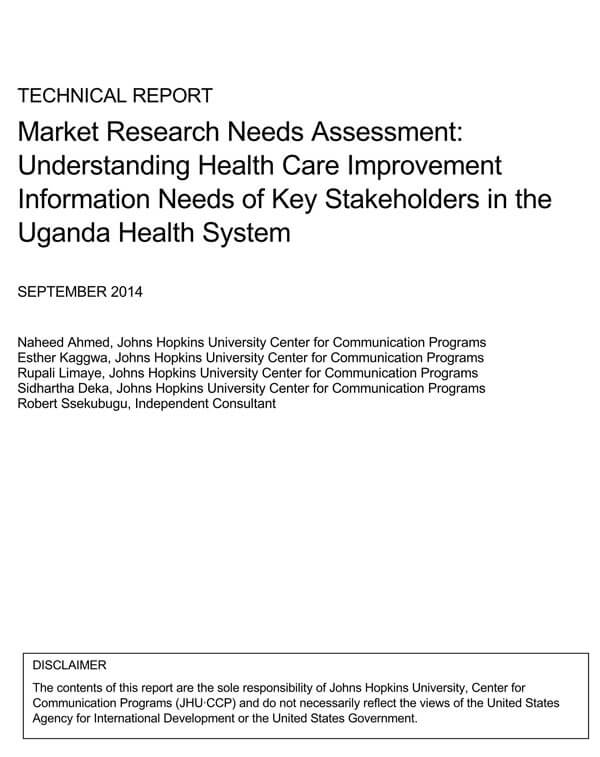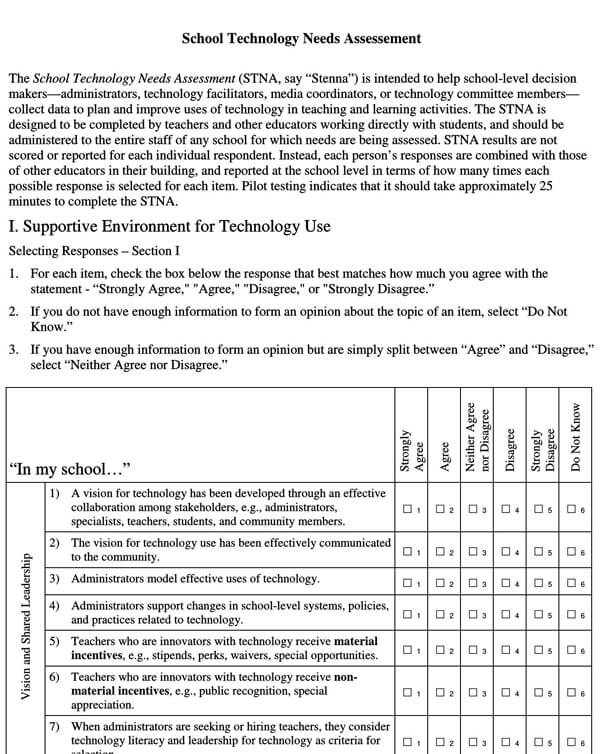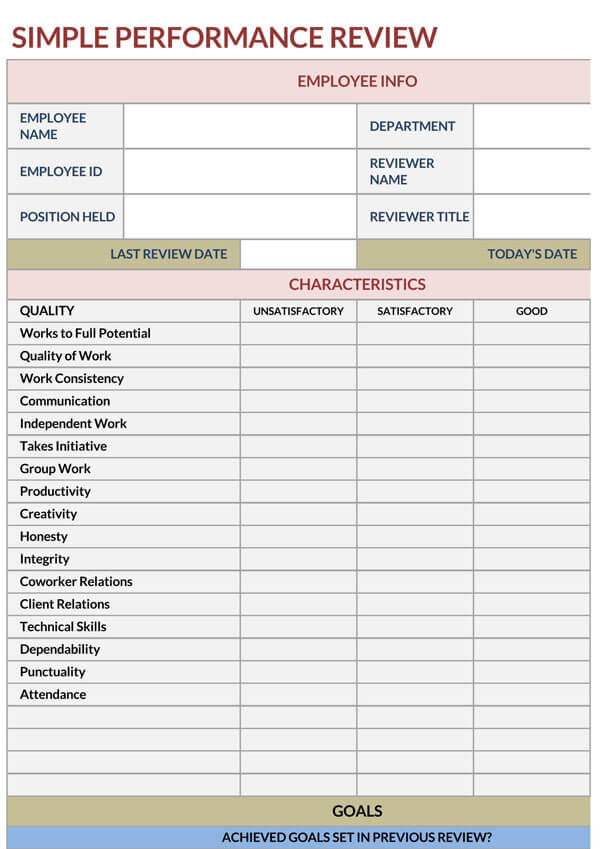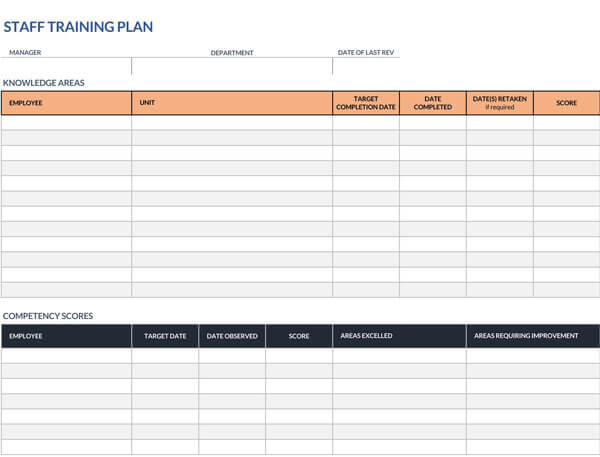A need assessment is a set of tools and processes that enable businesses to gain meaningful insight into the processes or activities that they require to function more efficiently. The information obtained can include gaps in the target audience’s knowledge, performance, and skills that they need to improve on or address. Basically, a needs assessment is the “what” that precedes the gap analysis, which is the “how.” In this article, we’ll be reviewing what a needs assessment is, how it can benefit your organization, and how to perform one.
What is a Needs Assessment?
Needs Assessment is the process used by organizations to determine what they need to do to improve on their current state. The process outlines the processes that the organization should prioritize, improve, or allocate more resources to help it fulfill its current needs.
A needs assessment consists of three main parts:
- Initiation
- Data Collection and analysis
- Final production
- A needs assessment is the “what,” i.e., what the organization needs that precedes the gap analysis, which is the “how,” i.e., how to close the gap between where the organization is and where they need or want to be.
Importance of Needs Assessment
Most workplaces are diverse associations made up of a wide variety of people, objectives, and departments. Since so many factors are usually present in any given situation, it is not always easy to know what exactly may be holding the company back from attaining its desired goals. A needs assessment makes clear this uncertainty by exploring the organization’s specific needs and the actions that it needs to take to achieve them.
Here are some of the key importance of needs assessment:
Needs assessment is used to help businesses make informed decisions of what to do and how to do it; Before coming up with a solution to a problem or an issue that a policy aims to address, it is important to have an in-depth understanding of the problem itself.
Needs assessment is utilization-focused and culturally responsive; needs assessments usually employ multiple ways of understanding the problem that is being investigated and the possible solutions. Other than that, needs assessment are usually conducted to help guide decision-making, often before a policy or program is implemented.
When the leaders of an organization comprehend the strengths and weaknesses that they are dealing with, they can more easily come up with more clear and defined goals. A needs assessment takes into consideration the largest and the smallest levels within the business, from the macro to the micro-level, to determine a plan of action to elevate the business.
General Steps Taken in a Needs Assessment
Exploration and Identification: During the initial phase of the need assessment, you have to start by determining what you already know about the organization’s needs, be it additional resources, market expansion, or new technologies. This phase is usually about figuring out where your organization is and where you want it to be.
Data gathering and analysis: This phase is all about collecting the information that you need to understand better the gaps between where your organization is and where you want to be. The data may be collected from the internal organization’s records or externally through market research techniques such as analysis of secondary data and surveys. After the data is collected, it is then organized and analyzed.
Utilization: This phase is where the data analyzed is used to create a plan of action and implement it. During this phase, the priorities are set, solutions are evaluated, and a cost-benefit analysis is done to determine the solution that best fits in light of the relative cost and the benefit, then a plan to implement the solution is done, and the resources are allocated for the implementation.
Evaluation: while most organizations will not analyze the results of their needs assessment, smart organizations will do. The results of the action plan are analyzed against the results.
Types of Needs Analysis
There are seven main types of needs analysis:
- Personal analysis
- Content analysis
- Cost-benefit analysis
- Organizational analysis
- Task/ work analysis
- Training suitability analysis
- Performance analysis
How to Perform a Needs Assessment
Step 1: Gathering the needs information
Gathering information can be a time-consuming affair. So, it is important to set a reasonable schedule and try to stick to it. However, you may extend the deadline if the key participants still have not offered their proposals. It is important to give everyone enough time to make their opinions heard. Information gathering should be approached with caution, as it usually suffers from a reaction representing two extremes.
Step 2: Reviewing and prioritizing the needs
After the information has been gathered, the next phase is to review the needs and determine which ones are the most essential for inclusion in your solution. First, you should extract the key aspects – the statements of discrete, separate needs, each of which can be analyzed and addressed.
Step 3: Documenting the results
There are various ways of documenting your findings. A good rule of thumb is to pretend that your involvement in the project will end as soon as you are through with this phase, and someone else will have to pick up where you left off. Don’t go ahead of yourself by being specific about all the components that your organization needs.
Needs Assessment Example Questions
Here are some basic questions that you might consider asking while conducting a needs assessment in the different areas of business:
Sales area of business questions:
- Is the revenue created from the efforts of various people?
- Are leads regularly generated?
- Are new clients being brought in?
- Are the lead generation activities being regularly measured?
- Are your clients regularly contacted?
- Is the value proposition of the organization well-understood s that it is the best fit for your clients?
Operations area of business questions:
- Does the organization regularly create and document its goals?
- Is there a system that tracks the job costs and the products?
- Are your services and/or product to the client on time?
- Do the management and employees understand what operation areas have a greater influence on the business’s goals and profits?
- Is the business operation manual or other documentation that describes in detail the operations of the business?
Finance area of business questions:
- Does the company work within its yearly budget?
- Has the revenue increased/
- Are the business’s monetary transactions being tracked?
- Are the revenues being tracked and documented?
- Are the businesses’ financials being regularly communicated to the team?
- Is the company achieving its financial goals each year?
Clients satisfaction area of business questions:
- Is the quality of your work continuously being monitored?
- Is the company delivering a satisfactory customer experience?
- Is the number of repeat customers satisfied?
- Do the existing clients bring in regular referrals?
- Is the business capacity something that can be well managed?
- Are the products and/or services being offered by the organization something to be proud of and satisfied with?
Free Needs Assessment Examples
If you are looking to conduct a comprehensive needs assessment, we’ve got you covered. Download our free or premium needs assessment templates today to get started.
Tips for Completing a Needs Assessment
Ask Questions: When you are looking to do a comprehensive Needs Assessment, it is vital to obtain a wider perspective from everyone in the organization. The best way to do this is to create a questionnaire and ask everyone in your organization to fill it out. Be very consistent and clear with all your questions.
Collect data and back up your assessment: As you work on your needs assessment, ensure that you collect enough data to back up your conclusions. Each situation is specific to the data collection method depending on the industry, people involved, and the environment.
Plan the future: Being specific in the ideal state that you want for your organization can help you better visualize where you want to be in the future, as not all the answers have to be known during your assessment.
Take a neutral approach: The more information you collect before starting the assessment, the better prepared you will be to perform a great assessment. Work with coworkers, department leaders, and anyone who comes into regular contact with your company to determine the areas that you may need more help accurately.
Different Solutions: Each solution will require its specific solution, so take time to research the different approaches for the different needs properly. The solutions may include training, changing the method of allocating the organization’s resources and recruiting new employees.
Conclusion
A needs assessment is a standard and reproducible way of determining and prioritizing the community’s needs to take action. There are several benefits associated with undertaking a needs assessment, including coming up with more relevant and effective programs and services and enabling a more transparent and systematic distribution of resources. A needs assessment can either be small or large, and the methods and scope of the assessment depend on the purpose and the available resources. Therefore, it is important to develop a plan and have a clear criterion for assessing the needs before the data is collected.
